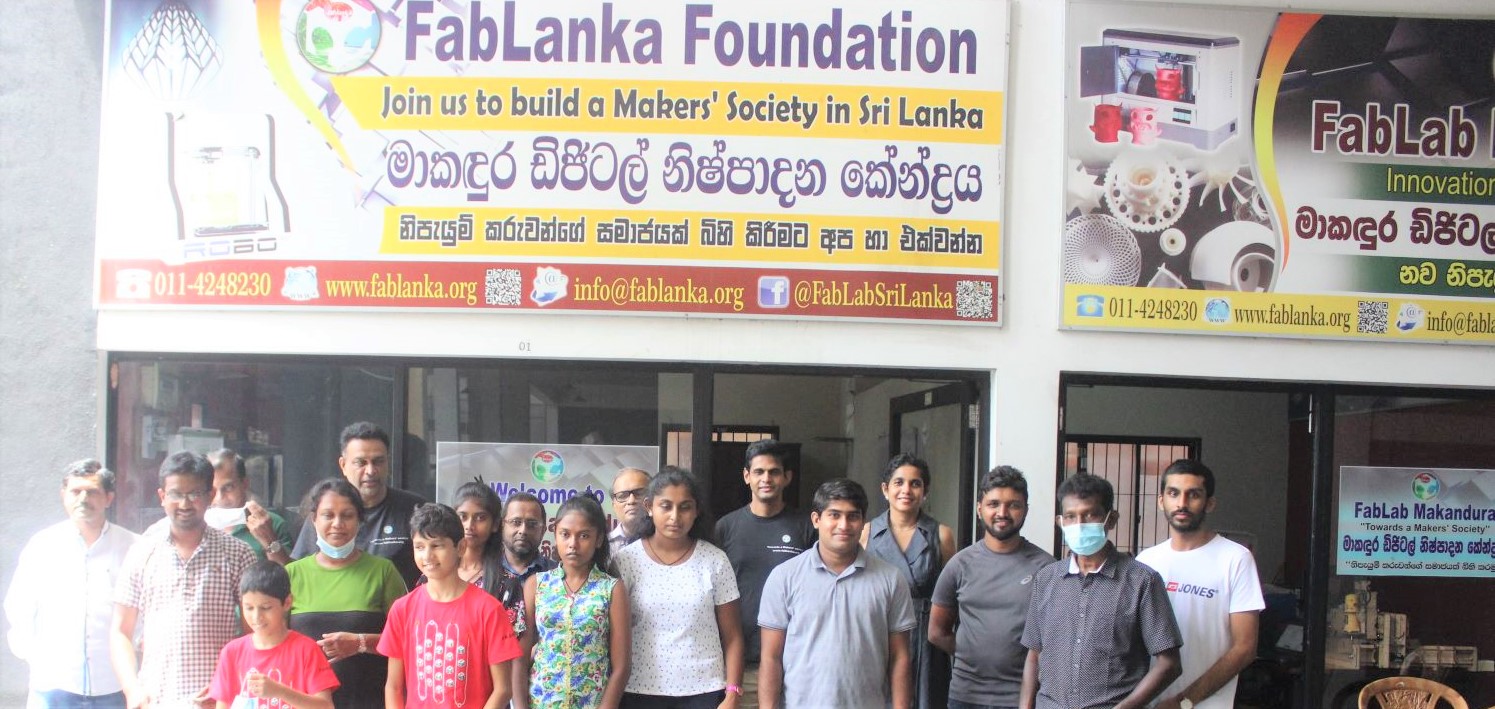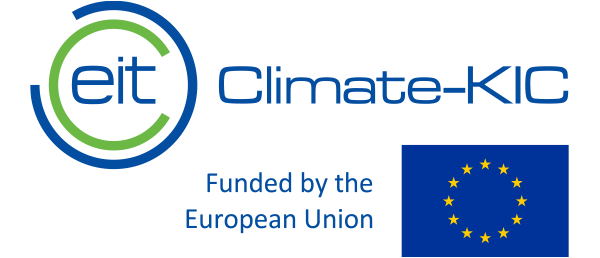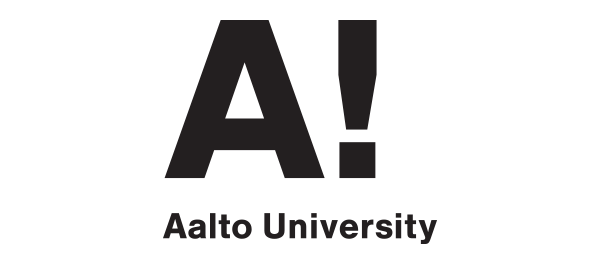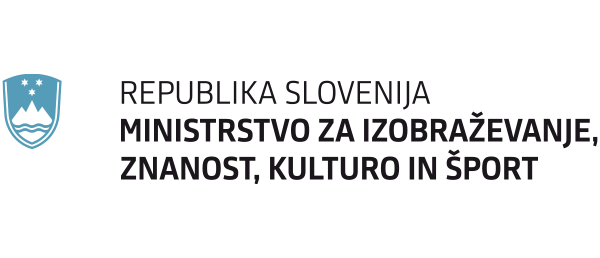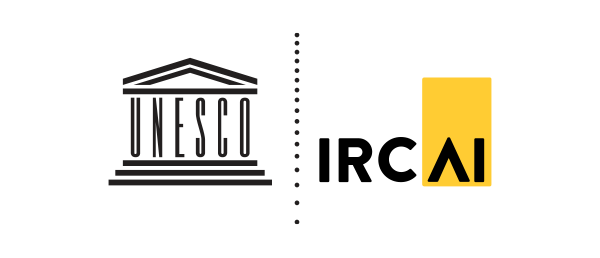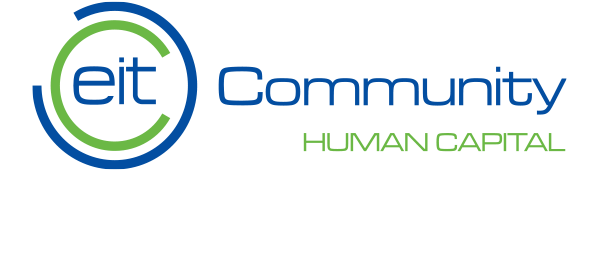
VR & AR technology transforming the education system of Sri Lanka
There will be many solution ideas but the solution that comes up with the
use of the available resources is the best overall perspective. So, the
best solution we came up with keeping the currently available situation is AR-
VR (Augmented Reality & Virtual Reality).
Team: Shadkosh
Team members
Subina Shrestha , Niraj Gautam , Ankush KhatiwadaMembers roles and background
Subina Shrestha - Team Member
Niraj Gautam - Team Member
Ankush Khatiwada -Team Leader
Solution description
WHICH TECHNOLOGY AND WHY?
There will be many solution ideas but the solution that comes up with the
use of the available resources is the best overall perspective. So, the
best solution we came up with keeping the currently available situation is AR-
VR (Augmented Reality & Virtual Reality). AR-VR is a gadget with a
realistic visual effect that is made using computer software that allows replicating the real world in the virtual world. This technology is used by many
developed countries in educational sectors like Engineering, Medical,
Designing, and for visual experiments.
AR-VR is a futuristic technology, future technology that will help us to move
a step forward to improvise digital education by changing and improvising
the old concept of teaching and learning with easiness and learning and
teaching with more fun. Also, AR-VR can be accessed from anywhere at
any time as it is an easy portal and has a lot of options on how we can use it
as we can use it for educational purposes as well as entertainment
purposes.
The scenario and advantages of AR-VR in education system are:
• Visual learning
• Real life like experiences
• Effective distanced and online learning
• Increasing the possibility of Practical learning. (e.g.: Historical
events)
• More Interaction
• More effectiveness
Solution context
If the concept of AR-VR in education sector is ready to bring in use, we
have to have a concert plans and ideas on how to make it efficient.
Idea for implementing AR-VR in education sector are:
• Making education easy, fun and effective
• Preparing youths for future technology
• Evolving the education as per needed
• Cost effective and cheap
Therefore, to make the use of AR-VR more efficient with proper
implementation we need to have personal level distribution, run of many
awareness programs, support from the governments and collaboration with
some of the major interested innovative industries.
Solution target group
VR technology can also be useful in rural areas where there are a lack of equipments and facilities needed by the school children of rural areas using VR technology we can create any facilities virtually thus it helps students of rural area to make the learning experience fun and informative
Solution impact
To implement this project the support of different stakeholders is necessary government bodies NGOs, INGOs, and different companies should organize different awareness programs workshops to make this technology accessible to the youths of Srilanka in this way different stakeholders need to shake hands to make youths of Srilanka and youths around the world to adopt with 4.0 industrial revolution
we are implementing this project in certain steps
first of all giving awareness programs and conducting workshops with the help of different NGOs and INGOs
after conducting workshops and have implemented VR technology in some schools we are taking assessments tests and evaluating students how they perform after the use of technology
after the evaluation process is complete reviews of students are collected on the basis of their experiences and their interest in the use of this technology
Solution tweet text
VR and AR technology transforming the education system of Sri LankaSolution innovativeness
How can virtual reality help students?
There are so many ways in which virtual reality can help students but the main points are below:
1. Students learn better through experience
VR provides students an opportunity to learn through experience, in contrast to the traditional methods of reading and writing.
2. VR has the ability to inspire
Being able to see and experience extraordinary locations within the classroom is completely unique to VR and it is inspirational to students.
3. VR sparks the imagination and encourages creative thinking
The immersive experience that VR provides is unparalleled in teaching. Students are “transported” out of the classroom and their imagination is allowed to flourish.
4. VR in education promotes peer interaction
Throughout the VR experience, students are encouraged to interact with each other. Afterwards, they are eager to share their thoughts and discuss their experiences.
5. VR engages students
Many students get bored with classic teaching methods. The modern technology of VR gets students’ attention like nothing else. We find that students instantly want to try out the VR.
6. VR provides realistic travel experiences
Using VR, schools can provide students with travel experiences that would not be possible or practical. Schools can save time and money whilst providing students with incredible experiences.
7. VR in the classroom is inclusive
With VR, every student gets the same opportunity to enjoy the experience. Unlike traditional school trips that can be too expensive for parents or too impractical for their children, VR is for all students.
8. VR offers memorable educational experiences
Long after the VR has finished, students remember the experience and they are eager to reflect on it in future lessons.
Solution transferability
1. Automotive industry
VR allows engineers and designers to experiment easily with the look and build of a vehicle before commissioning expensive prototypes. Brands such as BMW and Jaguar Land Rover already use VR to check the visual design and object obscuration of the vehicle - all before any money has been spent on physically manufacturing the parts.
VR is saving the automotive industry millions by reducing the number of prototypes built per vehicle line.
JLR are using VR to hold engineering reviews earlier in the vehicle development process.2. Healthcare
Healthcare in an important application where VR can have a significant impact. Healthcare professionals now use virtual models to prepare themselves for working on real bodies and VR has even been used as pain relief for burn injuries.
VR can also be used as a treatment for mental health issues, with Virtual Reality Exposure Therapy thought to be particularly effective in the treatment of PTSD and anxiety. There are many other ways spending time in VR can have therapeutic benefits.
Osso VR provide a surgical training and assessment tool.
3. Retail
The problem with online shopping is that we can’t try on the clothes we want before we buy them, which results in us buying two sizes and sending one back, or ordering one size and praying it fits your shape and size. This could soon change with body-scanning technology in VR, which would allow us to try on clothes in the virtual world to see what they would look like in person.
vRetail are using VR to enhance the shopping experience.
4. Tourism
Imagine being able to try your holiday before you buy it. That’s exactly what the future could hold. The industry is taking the first steps to enabling you to go on guided virtual tours of hotels, restaurants and tourist landmarks.
5. Architecture
VR is gradually changing the way that architects design and experiment with their work. VR makes it possible to see not just what a building or space will look like but how it will feel. For home-owners, they can experience the space before it is physically built and make real-time changes, which saves the customer and the architect time and money (as well as increasing satisfaction on completion of the project).
Solution sustainability
Young people in a handful of highly connected nations may argue that VR is already mainstream, but the reality is starkly different for most. AR/VR is a set of technologies that can work as a powerful enabler. Yet to realize its transformational potential, it needs solutions that address real-life problems to the greater benefit of society as a whole.
To take AR/VR mainstream, policy-makers, technologists, innovators, small and medium firms, and large organizations must collaborate. Doing so has the potential to be a powerful driver of progress towards all 17 SDGs and creating fully inclusive digital societies that empower all.
Solution team work
As a team we worked together , researched together and came up with the solution. we as a team were very focused and every team members contributed equally.
Yes, Definetly we continue to work together as a teamin future
Downloads
* Climate-KIC publishes the proposed solutions developed during the DigiEduHack event solely for the purposes of facilitating public access to the information concerning ideas and shall not be liable regarding any intellectual property or other rights that might be claimed to pertain to the implementation or use any of the proposed solutions shared on its website neither does it represent that it has made any effort to identify any such rights. Climate-KIC cannot guarantee that the text of the proposed solution is an exact reproduction of the proposed solution. This database is general in character and where you want to use and develop a proposed solution further, this is permitted provided that you acknowledge the source and the team which worked on the solution by using the team’s name indicated on the website.

